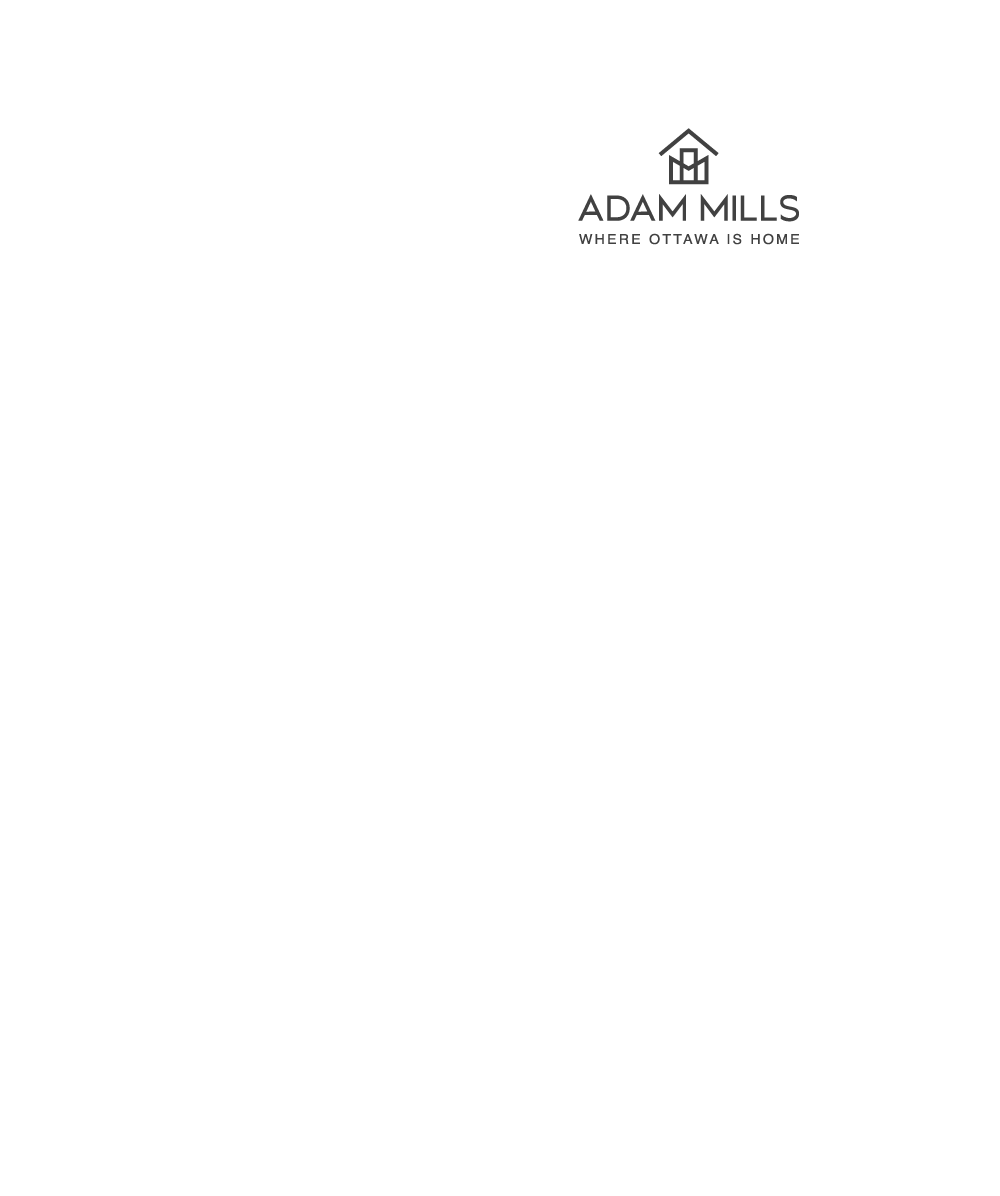If you purchase a home in Ontario, your lender will require proof of your insurance policy before finalizing your loan, but if it’s your first time buying home insurance, you might feel a little lost.
Here are our tips for anyone looking to save on their home insurance policy!
- Always Shop Around
The biggest mistake you can make is going with the first policy you’re offered.
You should always shop around as you would with any large purchase or commitment in your life. Most insurance companies will provide multiple quotes based on various coverage options.
If you work with an insurance broker similar to a mortgage broker, they can shop policies for you and present you with the best options at no cost to you.
Beware: Often, your lender will try to sell you an insurance policy called “mortgage protection insurance” that you can seamlessly blend with your mortgage payments. This is not home insurance; it’s more like a life insurance policy which covers your mortgage debt should you die or become disabled. Many experts advise against this type of insurance and recommend a standard life insurance policy instead.
- Think About Bundling
Bundling your home insurance with other policies can help you save a little. Depending on what policies you already have in place, you can choose to bundle everything together.
Common bundles include your home and car insurance, but you can also add motorcycle or RV insurance, for example.
This is helpful because, typically, you will get loyalty perks and discounts if you work with one company for all your insurance needs. It’s also just convenient to have everything in one place for bill payments.
If you already have car insurance, ask your current company what their bundling packages look like and get a quote for adding home insurance. We also suggest going to other companies and asking for a quote as well. You could save money by moving your car insurance over to a new company with your home insurance.
- Less is NOT More in this Case
It can be tempting to go with the lowest coverage and save as much as possible, but that leaves you open to not having coverage when it really matters.
Evaluate the possible hazards to your home, including natural disasters, accidental injuries and damage. Think of all the things in your house of value that you would need to replace should something happen, and make sure you have the coverage for those things. You can even include your pet in some home insurance policies.
Even when you purchase a condo, you need additional home insurance. Your condo fees buy into a general building policy, but that policy may not cover in-unit damage. In most cases, this policy will only cover repairs to common areas or damage caused to your unit due to building issues like a burst pipe or fire.
One major thing to note with condo insurance is that even if your condo’s policy does cover some in-unit damage, it does not cover the unit’s contents, such as furniture & personal property. It’s also imperative to know that the condo’s policy will likely only cover repairs to get your unit back to builder-grade standards, meaning that any additional renovations or upgrades you have made will not be covered. It’s best to get your own policy to cover these additional items.
It may seem crazy to opt for $2 million in coverage on your home insurance policy, but you’d be surprised at how quickly the cost of damage adds up.
According to ratehub.ca, Ontario homeowners should be prepared to pay, on average, $1408 per year on home insurance, which is just over $100 per month. For condo owners, your annual payments will likely be closer to $400, working out to about $30 per month, depending on your coverage.

